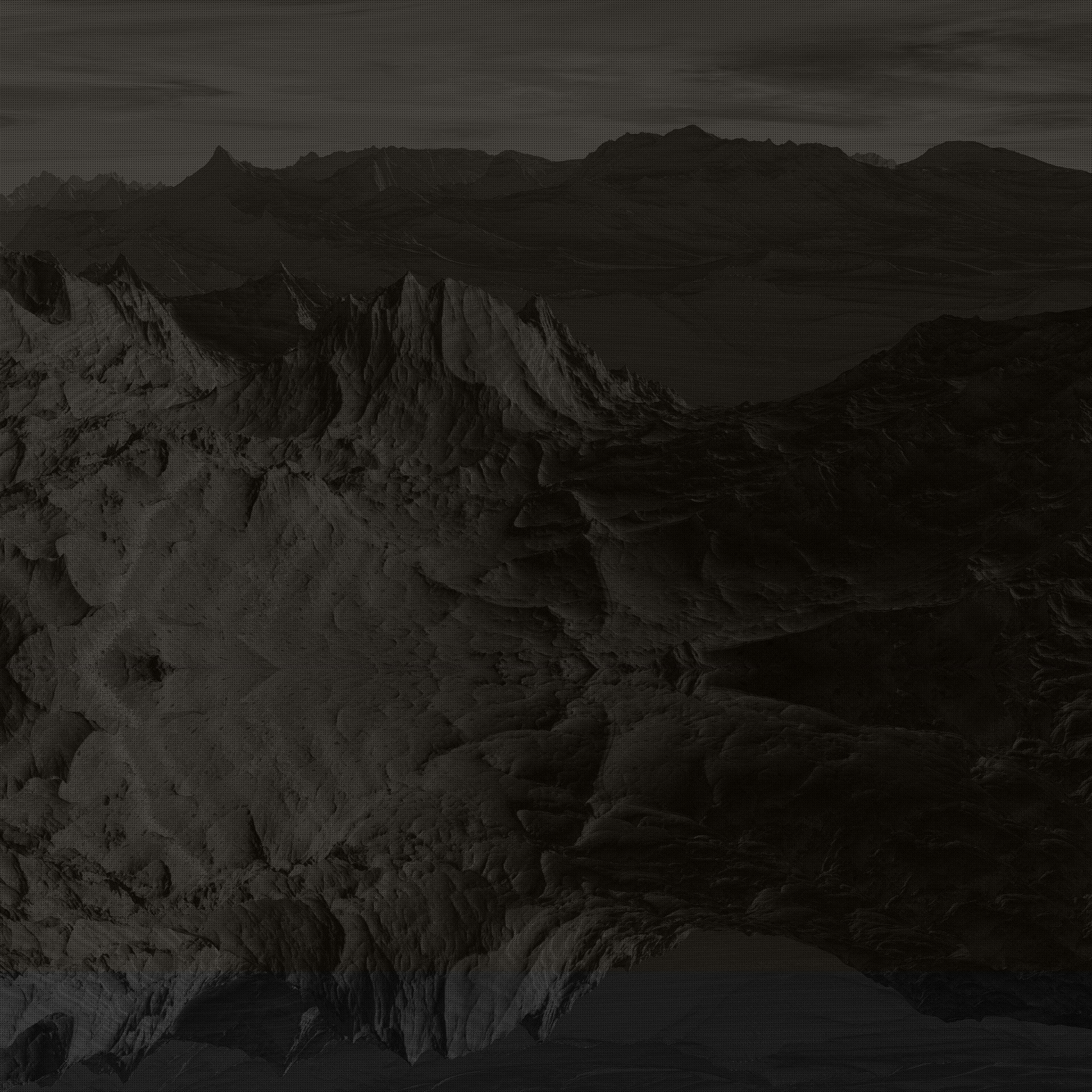Overview
For this project, I embarked on a journey to delve into the traditional techniques of terrain generation in World Machine (WM) and integration in Unreal Engine.
In a industry increasingly shaped by innovations like Nanite, I recognized the value of gaining firsthand experience with the older methods.
My primary goal was not only to create a visually compelling environment but also to seize the opportunity for self-improvement by mastering these classic techniques.
As the Technical Artist for this project following are some of the tasks I had to undertake.
World Machine Terrain Generation
I had the opportunity to work extensively with WM's terrain generation tools to craft a visually appealing landscape. This involved tasks such as crafting heightmaps, defining erosion patterns, and generating terrain features.
Unreal Landscape Integration and optimization
A critical aspect of the project was seamlessly integrating the terrain into Unreal, here I had to bridge the information generated by World Machine to Unreal's terrain and its shader.
With this technique WM can be used to generate splat maps, these in turn are used to mix materials in Unreal. The biggest limitation in this technique is the number of texture samplers used in the terrain shader.
To help with this limitation, for each material used in the terrain I desaturated their albedo texture then added this new info as a luminosity map to the usual ORD texture as the alpha channel. Then I created a massive color map with WM that tinted the entire terrain. This approach not only optimized the shader but also helped break the terrain material's textures repetition pattern.

Here the luminosity map is stored in the ORDL texture's alpha channel.
Right before the albedo output I colorize the luminosity accumulated from the materials with the color map built on world machine.

The terrain after before adding the color map.
Houdini Boulders Scatter Tool
Additionally, I developed a custom Rock and Boulders Placement Tool using Houdini Engine. This tool helped automate the placement of rocks and boulders across the terrain, adding realism to the environment. It allowed the user to control factors like rock size, density, and clustering.
Conclusion
In a rapidly evolving industry where Unreal Engine is forging new paths, it's important to recognize the enduring value of traditional techniques. While Unreal's focus is shifting towards high-density terrains handled by Nanite, the methods explored in this blog—utilizing World Machine, material masking, tessellation, and displacement textures—still hold relevance. These older techniques, though not at the absolute forefront of innovation, remain a valuable tool in the arsenal of game developers and technical artists. As Unreal charts a different course, the knowledge shared here serves as a testament to the enduring significance of classic terrain generation methods in the world of game development.














































